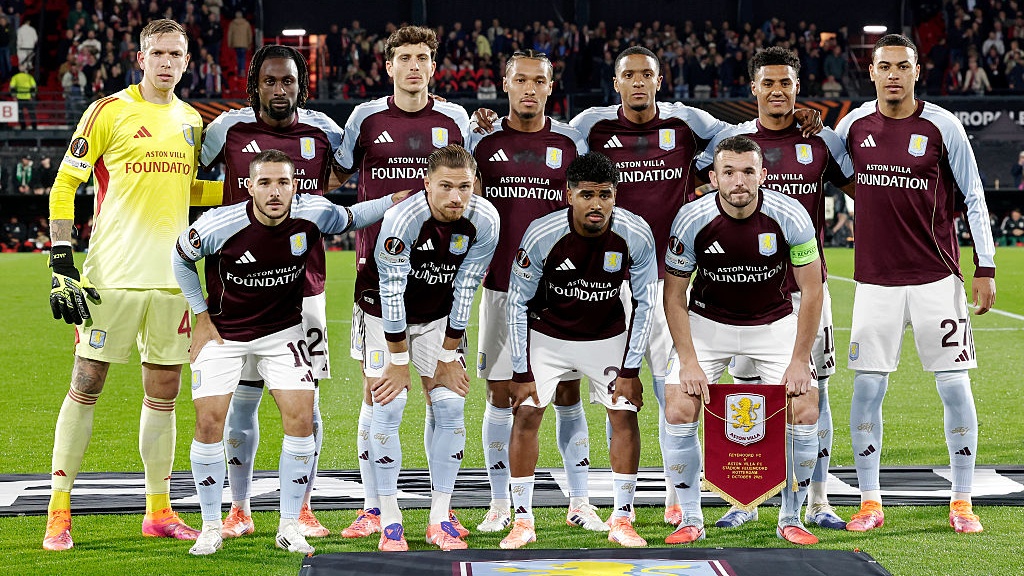Better than Salah, Suarez and Ronaldo, the Chilean miner wracked by family tragedy who became English football's first overseas star
A whole host of foreign players arrived in the Premier League this summer – all of them are following in the footsteps of a Chilean who found the net with regularity for Newcastle more than 70 years ago
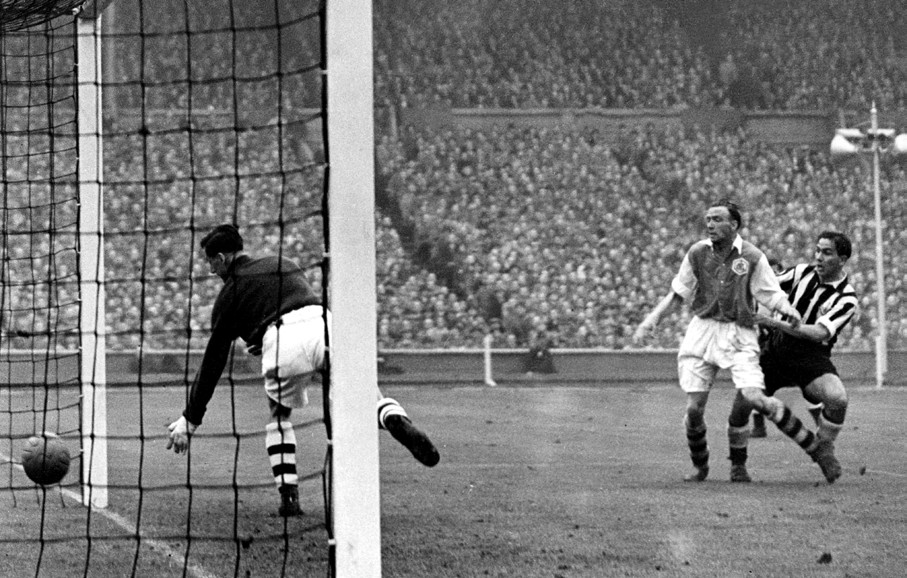
With each Premier League season that has come and gone, a fiendishly difficult quiz question has survived for yet another campaign.
Throughout the entire history of England’s top flight, who holds the record for the most goals scored in a season by a foreign-born, overseas-registered player?
It’s not Erling Haaland – despite his 36 goals in 2022-23, the Norwegian was born in Leeds, where father Alf-Inge was plying his trade at the turn of the century. It’s not Mo Salah either, despite his 32 goals in 2017-18. Nor is it Luis Suarez or Cristiano Ronaldo, who each struck 31 in a campaign – the latter en route to the Ballon d’Or in 2008. Thierry Henry and Robin van Persie both hit 30.
English football's first overseas star
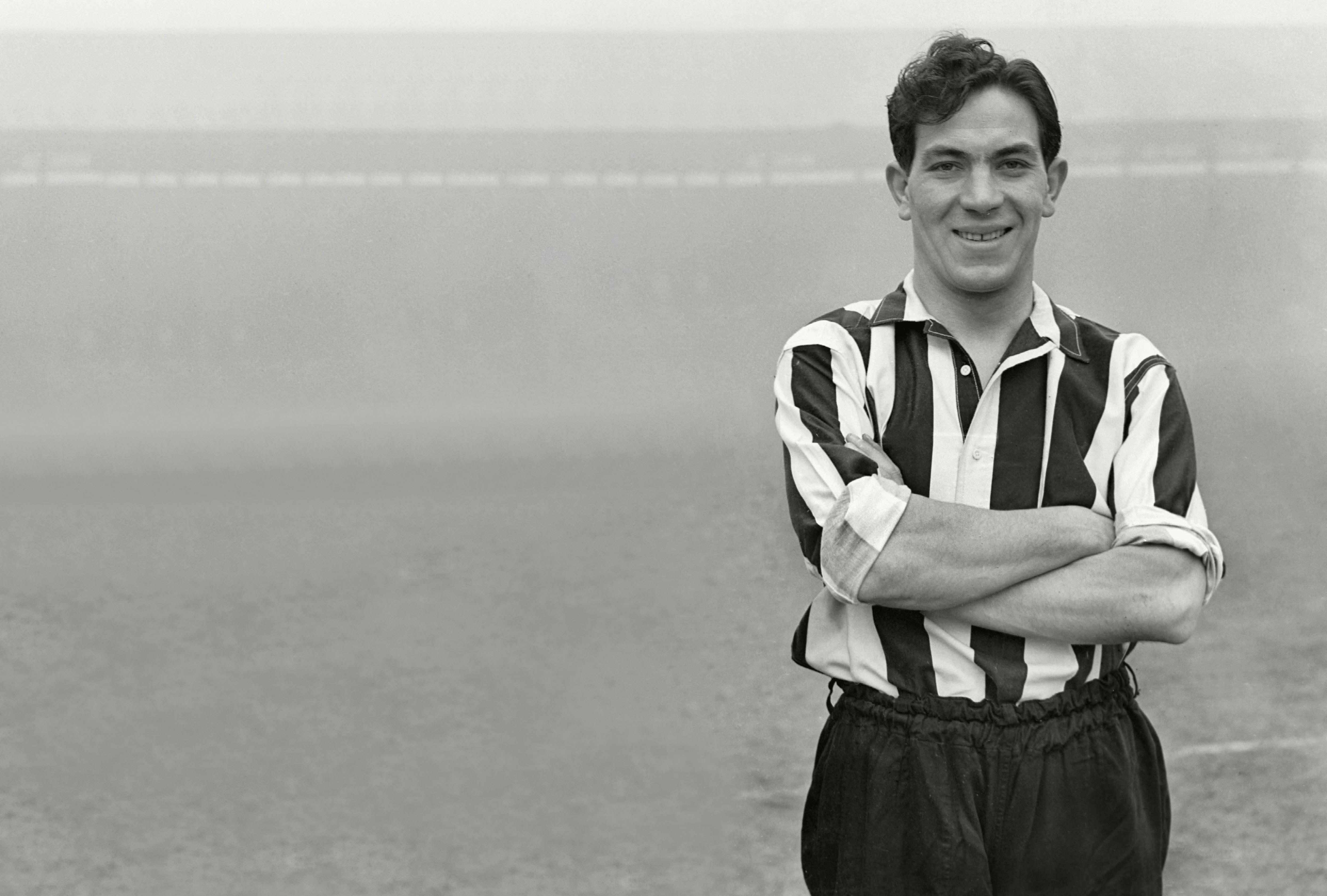
Back in January 2023, I found myself taking part in a quiz where this very question came up. No-one knew the answer. After five minutes’ worth of shot-in-the-dark guessing, with the suggested answers becoming ever more ludicrous (Ricky Villa? Or how about Ryan Giggs?), somebody came up with the name out of the blue – George Robledo.
Immediately, it all came flooding back.
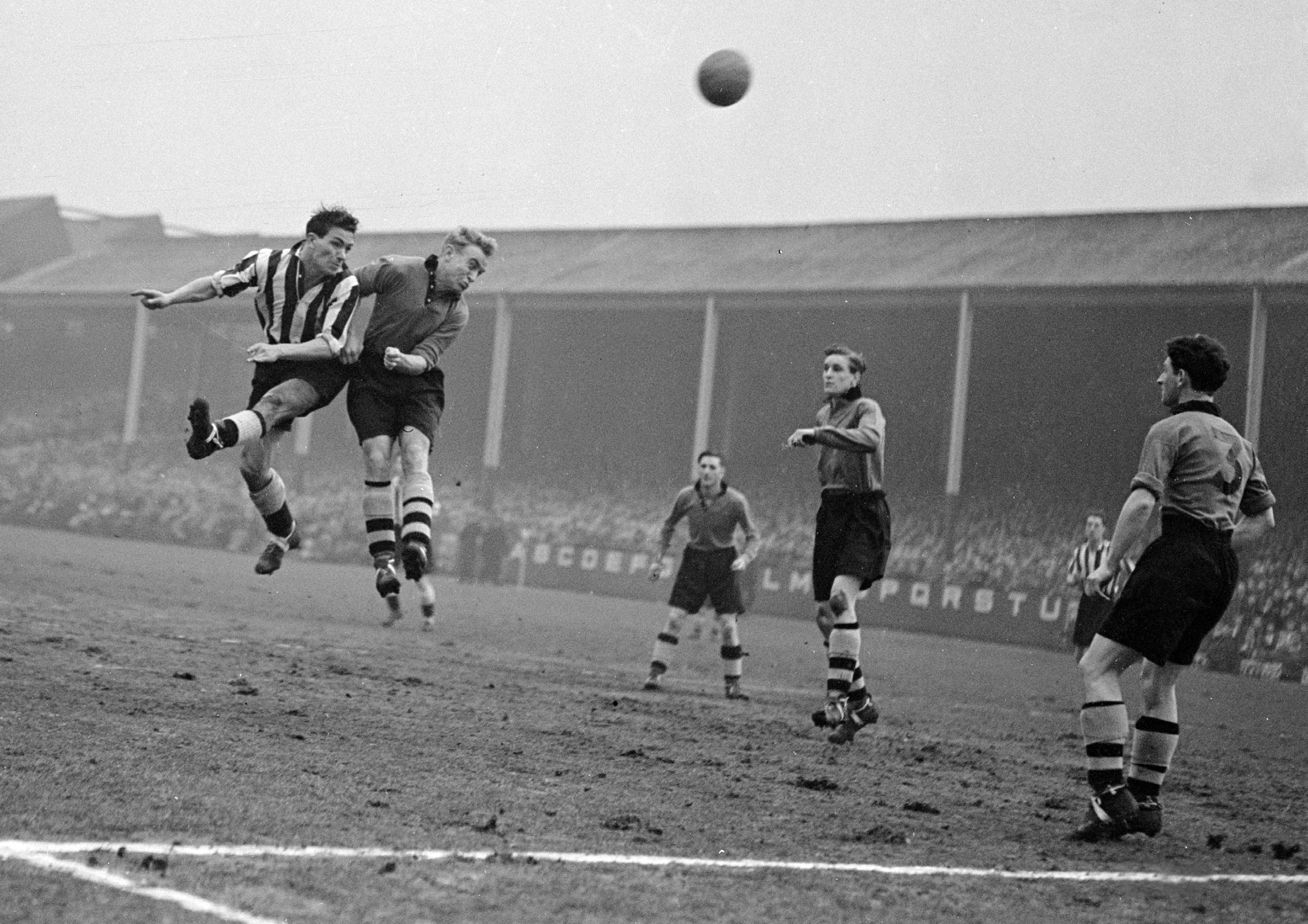
Robledo! Yes! Two decades previously, I’d covered a Newcastle United game at St James’ Park during the managerial reign of Bobby Robson.
The post-match press conference had ended, but Robson kept talking to some of us journalists not on a deadline about his boyhood heroes, the ones he’d watched play for the club shortly after the Second World War.
The best features, fun and footballing quizzes, straight to your inbox every week.
He mentioned Jackie Milburn, I knew about him. I’d heard of Joe Harvey as well, but then he mentioned Robledo, a name that meant zilch to me.
Clocking some blank expressions in our midst, Robson gave us Robledo in a nutshell.
As a boy he’d come to Yorkshire from Chile, worked as a miner, then become a professional footballer and scored lots of goals.
Robson explained that he saw plenty of Robledo in Alan Shearer, which gave us some indication of how highly he rated the player he saw in his youth.
During the 1951-52 season, Robledo scored 33 league goals for Newcastle in the First Division, making him the top flight’s leading scorer for that campaign, and English football’s first true overseas star.
The Magpies finished eighth, but netted 98 goals in 42 games – more than any other team, including the champions, Matt Busby’s Manchester United.
Milburn, Robledo’s team-mate and two years his senior, hit 25 goals, having been the club’s top scorer in each of the previous four seasons.
A full 73 years later, no foreign-born, overseas-registered player has been able to surpass Robledo’s tally, yet his remarkable goalscoring achievements have been almost completely forgotten by those in his adopted country.
Who was George Robledo?
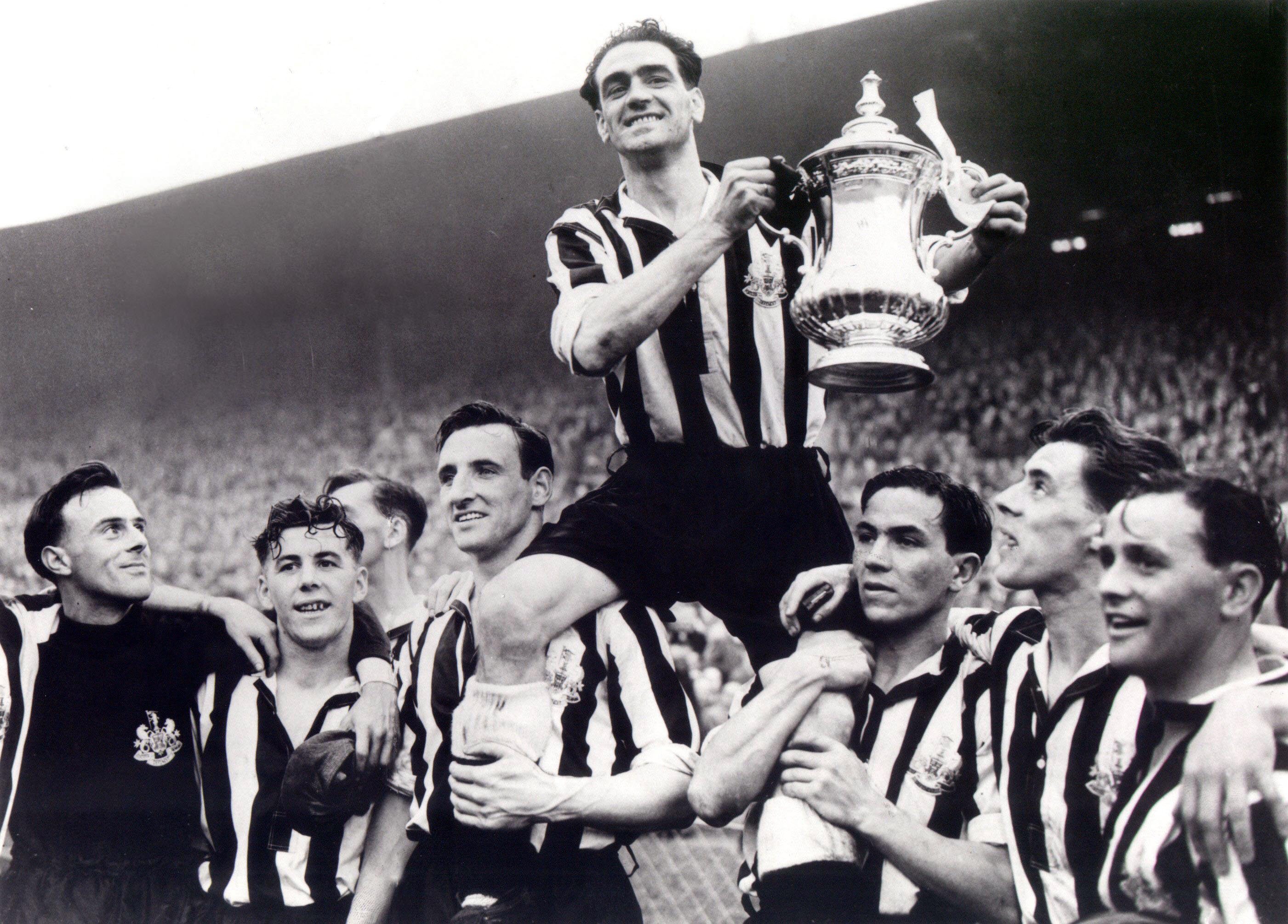
Robledo was born in 1926 in Iquique, next to Chile’s Atacama Desert – the driest non-polar desert on the planet, receiving only 15mm of rainfall a year.
Aged six, he moved to Yorkshire, where it’s been known to rain that much in two or three hours. While his father was Chilean, his mother was English, hailing from the village of West Melton, near Barnsley, which would also become the young Robledo’s new home.
His childhood was a hard one. On the day of the family’s departure from Chile to Liverpool, on board the passenger liner Reina del Pacifico, Robledo’s father walked out on his wife and three sons, nipping ashore supposedly to buy some cigarettes for the journey ahead, with their luggage already aboard. It was the last they would see of him.
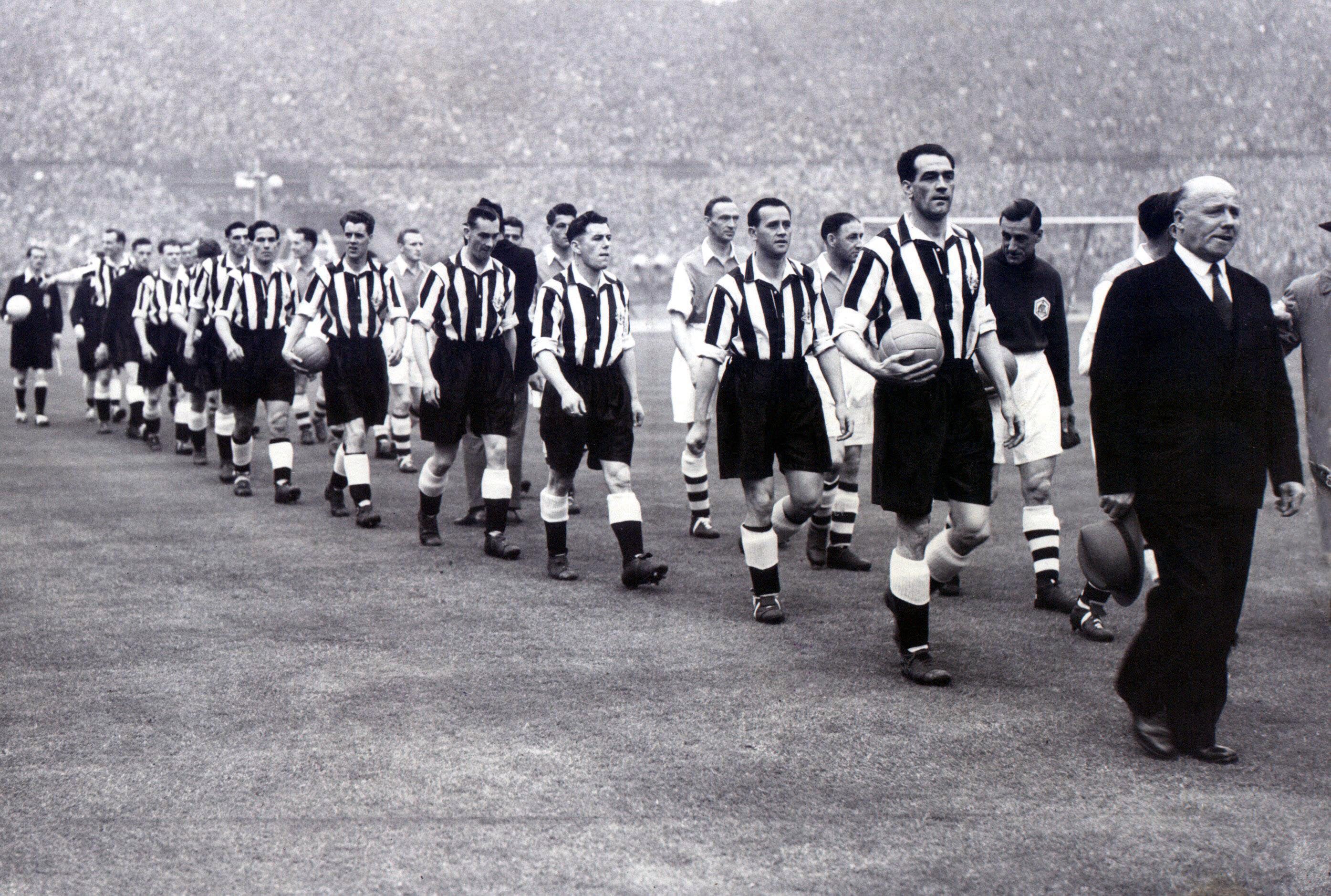
As a result, George had to grow up fast, spending much of his time caring for his two younger brothers, Ted and Walter, in a one-parent household with little income.
When he wasn’t looking after his siblings, he could usually be found with a football at his feet or, in his late teens near the end of the Second World War, working as a Bevin Boy at Wath Main Colliery – conscripted to dig for coal instead of being sent to fight.
Having also played for Huddersfield, George signed for Barnsley and became a local hero, creating and scoring goals seemingly at will.
George Robledo was the first overseas star of English football. Never heard of him? Then treat yourself to the latest edition of @FourFourTwo magazine to read my four page article about the Chilean goal machine of the 1940s and 50s.#Barnsley #NewcastleUnited #Chile #Yorkshire pic.twitter.com/YxCpS9dY5fOctober 3, 2025
During the 1946-47 season, he bagged 23 league goals as the Tykes finished 10th in the Second Division – scoring 84 times, which was the third highest tally in the league, but also conceding 86 at the other end.
It wasn’t long before other clubs began showing an interest in Robledo – Spurs wanted him, as did Sheffield United and Sheffield Wednesday. Newcastle won the race for his signature in 1949, as they recruited both George and younger brother Ted, a left-sided defender who’d followed him into the first-team squad at Barnsley, but wouldn’t go on to reach the same heights.
George had said he wouldn’t join the Magpies unless Ted was also included in the deal.
"He was a bit like Alan Shearer really, a good solid body, good legs, strong thighs." - Bobby Robson on George Robledo, the first overseas star of English football, pictured on the left with his Newcastle United strike partner Jackie Milburn pic.twitter.com/91ikaj7hWKOctober 27, 2025
In the four years that followed, George became a man of firsts with his dazzling footballing exploits. In 1950, he starred for Chile at the World Cup in Brazil, in turn becoming the first non-British or Irish player from the Football League to appear against England, when the two countries went head-to-head at the Maracana in Rio de Janeiro.
The Three Lions won 2-0 with goals from Stan Mortensen and Wilf Mannion, although Robledo rattled the woodwork with a 30-yard free-kick, and then scored in a 5-2 triumph over the USA.
A year later, he was the first non-Irish, foreign-born and overseas-registered player to appear in an FA Cup final, as Newcastle beat Blackpool at Wembley courtesy of a brace from Milburn.
In 1952, Robledo became the first foreign-born, overseas-registered player to score in an FA Cup final, heading in the only goal of the game as Newcastle saw off Arsenal to retain the trophy.
He notched 39 goals in all competitions during the 1951-52 season – with 33 of them in the league. It was an incredible feat considering that he wasn’t so much a striker as an inside-forward, the term used during the 1940s and 1950s for creative players who not only scored goals, but supported the centre-forward – Milburn, in Newcastle’s case. In more modern footballing parlance, Robledo would perhaps have been described as a second striker instead.
After his FA Cup goal, the Chilean’s hero status ballooned. “I just thought he came from another planet, another world,” Robson later said. “He was a good-looking chap – he was compact, a solid player, a goalscorer. He got in with the centre-forward – he saw the crosses, and he got in the box.
In 1974 John Lennon chose a picture he'd drawn as a child of George Robledo scoring Newcastle's winner in the 1952 FA Cup final for the cover of his album 'Walls and Bridges'.Discover more about the ties that bound Lennon & Robledo in my book 'Postcards From Santiago', out now. pic.twitter.com/F4XY62EoeUAugust 31, 2025
“He worked very hard, he could turn on the ball and he could play a good pass. He was a bit like Alan Shearer – with a good solid body, good legs and strong thighs. He got up and down, he played in the attacking half, and was adept in the air. Most of my heroes were Newcastle United players, and they don’t come any bigger or better than George Robledo in my eyes.”
Another, rather more unlikely admirer – one who wasn’t exactly renowned for his love of football – was John Lennon.
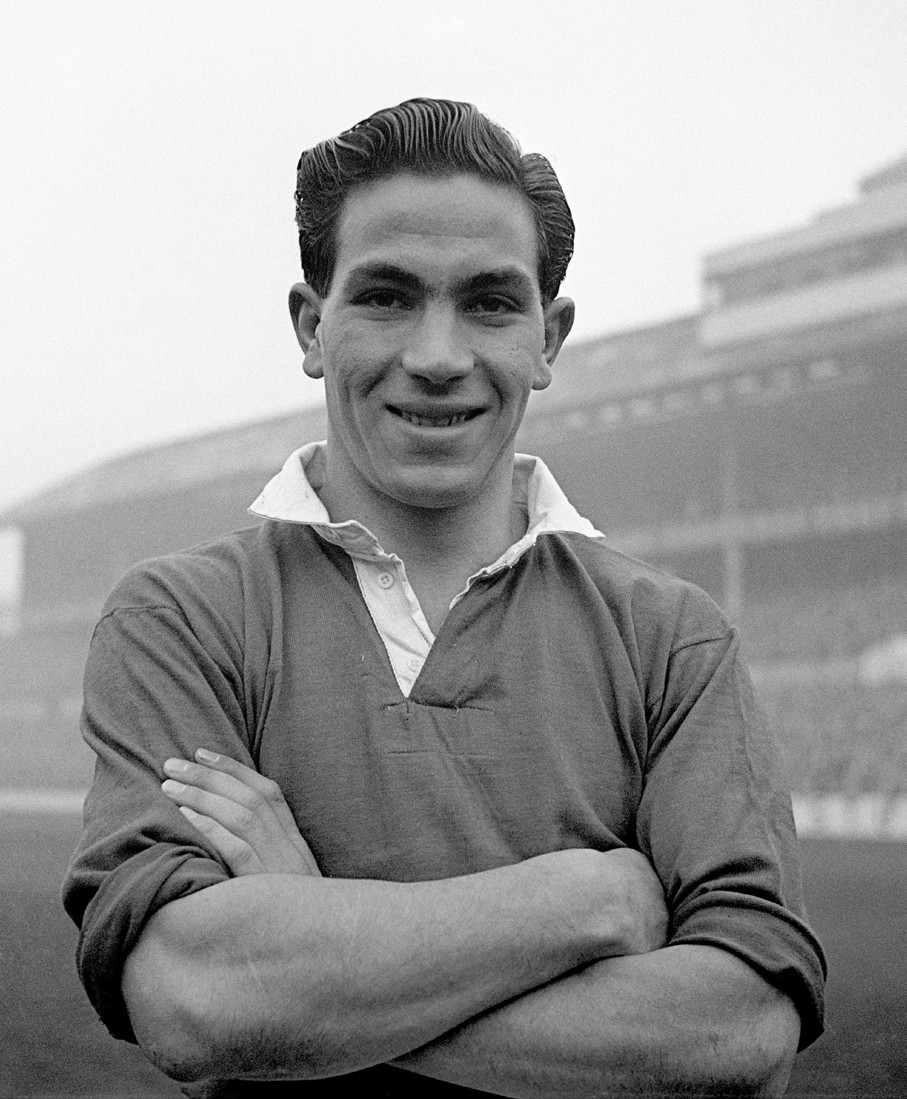
Growing up in Liverpool, the future Beatle saw a photograph of Robledo scoring the winning goal in the 1952 FA Cup Final in a newspaper, and decided to paint his own picture of it.
Years later, when the time came to select the artwork for his 1974 solo album Walls and Bridges, Lennon reached for a selection of his paintings and drawings dating back to his final term at the city’s Dovedale Primary School, when he was 11 years old. Among them was the recreation of Robledo’s winning goal, which Lennon chose as one of the images for the album cover.
“There are so many different stories about why John Lennon might have drawn that picture,” says Elizabeth Robledo, George’s only child, who lives in the Chilean seaside resort of Vina del Mar. “Some say it’s because he liked the number nine [worn in the drawing by Robledo’s team-mate Milburn], and some say other things.
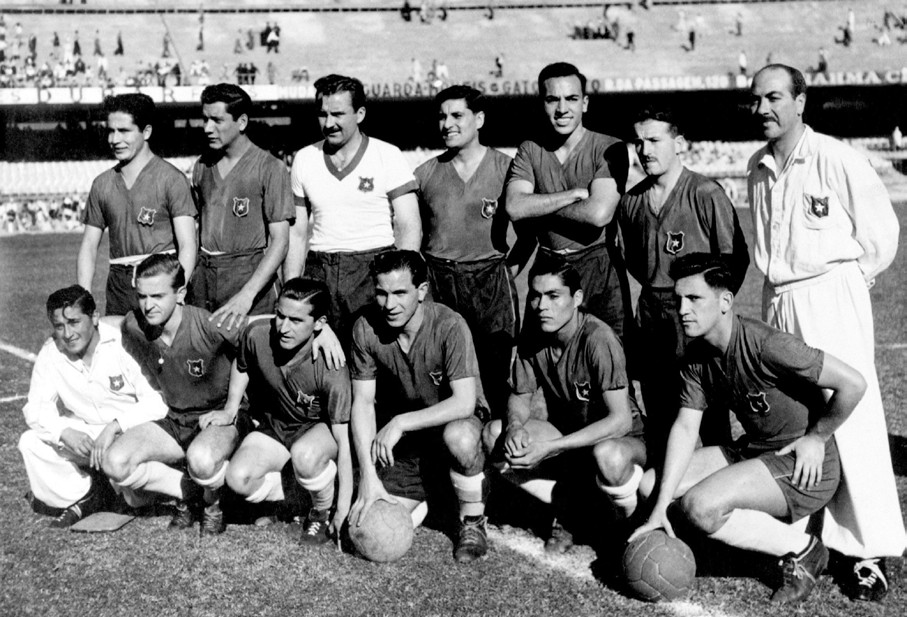
“But he drew my dad’s goal – and not just any goal, the winning goal from the FA Cup final. What an honour for such a magnificent musician to have done that. Something made him keep that newspaper clipping, and then make a painting out of it – such a beautiful story. Knowing John Lennon drew that picture when he was growing up in Liverpool, the place where my dad first arrived in England from Chile as a boy, makes it even more special to me. I’m very proud of my dad.”
In 1953, with a desire to travel and rekindle his relationship with Chile, Robledo chose to leave Newcastle and sign for Colo-Colo, his homeland’s biggest club, where he continued to score goals for several more seasons.
Ted made the move, too – the younger Robledo featured less for Newcastle, but had played alongside George in the 1952 FA Cup final, and would go on to become a Chile international himself, before returning to England for a brief spell with Notts County.
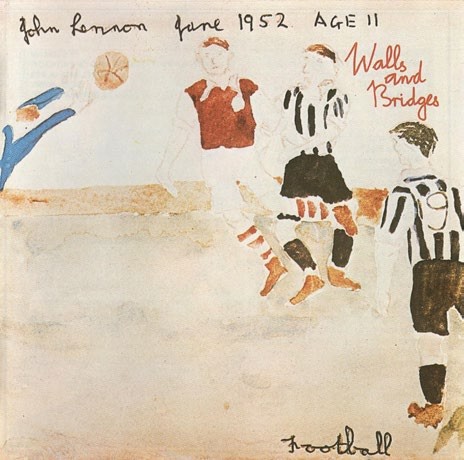
In December 1970, several years after retiring as a player, Ted was working on an oil rig in the Middle East, when he died in mysterious circumstances at the age of 42. While travelling on a tanker near Dubai, Ted went missing and his body was never found, amid suggestions he may have been thrown overboard. The ship’s captain was tried for murder, but found not guilty.
George remained in Chile for the rest of his life, before dying of a heart attack – brought on by a lifetime of smoking – at the age of 62, in 1989.
His funeral saw the streets of Santiago and nearby towns lined with mourners four to five people deep, paying their respects. By contrast, George’s death raised barely a mention in the British media, but he’s never been forgotten by those who watched him play for Newcastle.
“He was a remarkable man and a remarkable player – we were so lucky to have him,” says Peter Donaghy, a Magpies fan since 1949. “We’ve had many great goalscorers over the years, like Jackie Milburn, Andy Cole and Alan Shearer, but George was just as good as any of them. If anything, he was even better, because he could create goals as well as scoring them. There will never be another George Robledo.”
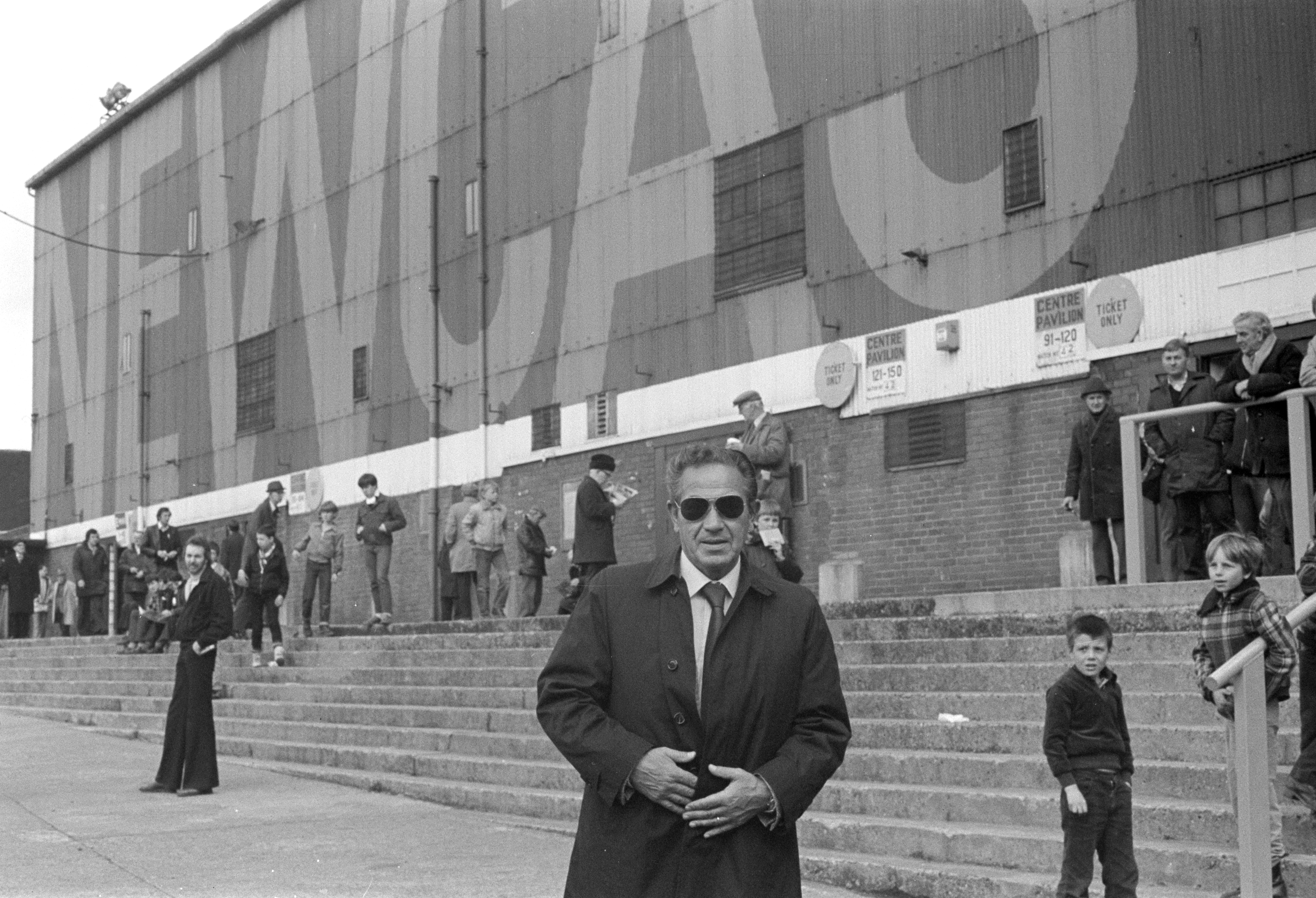
Donaghy was one of many people who would become pen pals with Robledo – during the star’s latter days in Santiago, he would write letters and postcards to his friends and admirers across the world.
To this day, he remains a legend in Chile. His fame might have waned in the UK, but his tally of 82 goals in the English top flight would remain a record for non-Irish, overseas-registered players for 46 years, until Trinidad and Tobago’s Dwight Yorke passed that milestone during Manchester United’s 1998-99 Treble-winning campaign.
“It’s funny to think that there are so many overseas stars playing the game in England now, and yet my father was the very first,” his daughter Elizabeth says.
“Even though he was born in Chile and played international football for Chile, my father was so proud of the fact he grew up in Yorkshire and started his career with Barnsley. He always said that his happiest years were those spent playing for Newcastle. For dad, England and Britain never went away. They were always in his heart. He was so happy in Chile, but part of him never left England.”
And neither did his name leave the record books. Despite the best efforts of Mo Salah & Co, George Robledo may continue to stump pub quiz enthusiasts for many years to come.
Spencer Vignes’ book Postcards From Santiago: The George Robledo Story, by Biteback Publishing, is available now
- Joe DonnohueSenior Digital Writer
You must confirm your public display name before commenting
Please logout and then login again, you will then be prompted to enter your display name.
